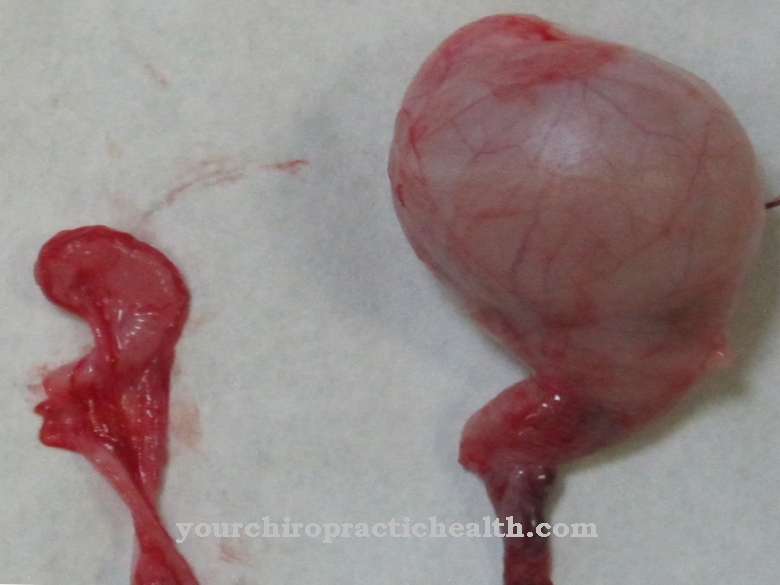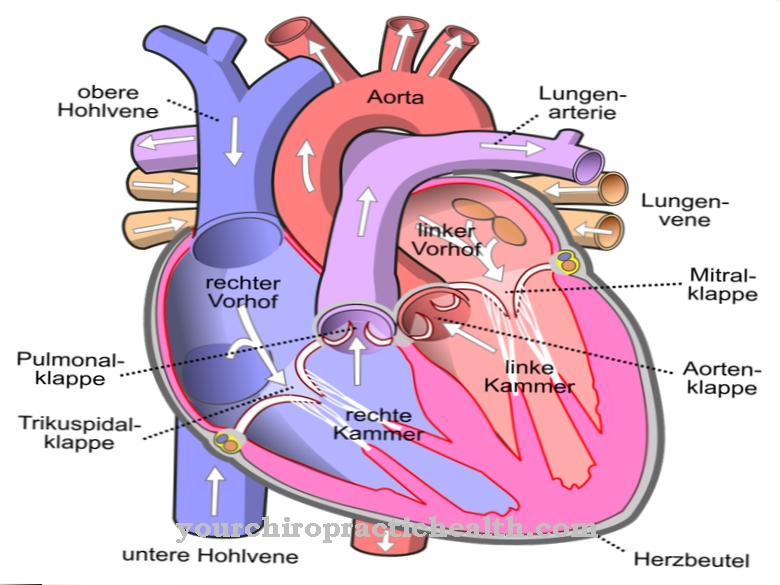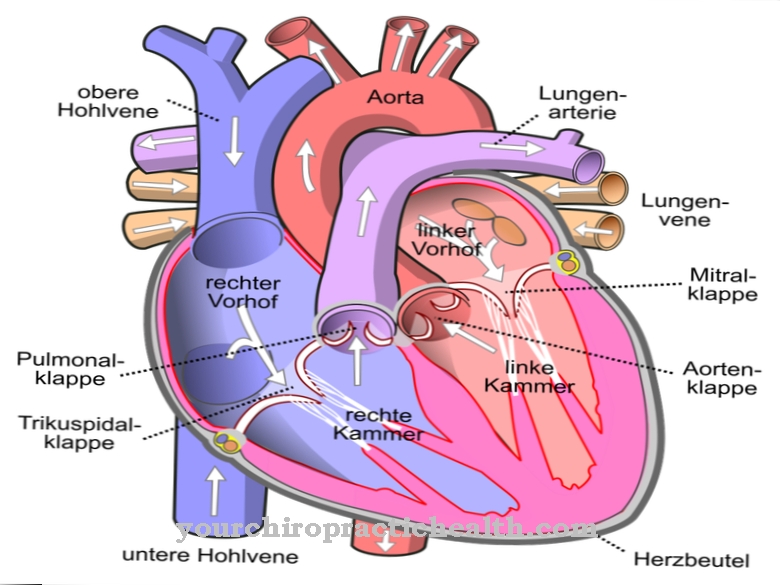The intestines, especially the Rectum, plays an important role in the human organism. However, it is often only given attention when there is a complaint.
What is the rectum?
Of the Rectum (lat. rectum), is part of the large intestine. It is located in the small pelvis between the bladder and sacrum. Its length varies from person to person and is on average 15-20cm.
The rectum performs important functions of digestion. Occasionally, malnutrition, an unhealthy lifestyle or serious illnesses can restrict the activity of the intestine or the rectum. Symptoms such as pain, blood in the stool, frequently recurring gas, diarrhea, and constipation should be taken seriously and presented to a doctor.
Regular check-ups are one of the best prophylactic measures. A balanced, high-fiber diet and adequate fluid intake are also beneficial for keeping the rectum healthy.
Anatomy & structure
The last part of the 8 meter long intestine forms the Rectum. It is divided into the upper part (ampulla recti) and the lower part (canalis analis). The latter is 2-3 cm long and opens into the anus. The rectum is supplied by the rectal artery and a network of fine blood vessels.
A peculiarity can be seen in the veins of the rectum, which have different drainage. This plays a particularly important role in the spread of metastases. In its structure, the rectum shows itself as a membranous, muscular tube. Inside is the intestinal mucous membrane, which is surrounded by a smooth muscle layer on the outside.
The so-called Tunica Serosa concludes. An internal and external sphincter can be found in the lower part of the rectum. The inner sphincter, consisting of smooth muscles, works involuntarily. It is different with the external sphincter. The striated muscles allow it to be tensed and relaxed. The rectal artery and the circular muscles seal the rectum.
If there is increased pressure from the intestinal contents, bowel movements are triggered. During this, the sphincter muscles relax and the bowel is emptied. Pain receptors cannot be found in the rectum but only in the sphincter muscles.
Functions & tasks
in the Rectum liquid is removed from the chyme. Important nutrients are filtered out and supplied to the body. The upper part of the rectum is used solely to hold the faeces. The sphincter muscles in the lower part of the rectum also regulate bowel movements.
Medicines in the form of suppositories get through the rectum, via the liver, directly into the blood and are therefore often much more effective than medicines taken orally. Suppositories can be a good alternative, especially for patients with a sensitive stomach.
Diseases
The most common illnesses include gas, constipation and diarrhea. They are mostly harmless and not infrequently due to a diet that is too fat, low in fiber, overweight and increased alcohol and nicotine consumption.
However, if they occur more frequently and persistently, a doctor should be consulted in any case. It is not uncommon for them to lead to chronic bowel disease such as irritable bowel syndrome, Crohn's disease or intestinal ulcers. Hemorrhoids, anal fistulas and anal fissures are perceived as uncomfortable and sometimes very embarrassing. However, they can be treated quickly and well.
Inflammations such as enteritis, diverticulitis or collagenous collitis usually remain without consequential damage for the with the right treatment Rectum. Irritable bowel syndrome is one of the recurring diseases. The rectum can have many diseases. Benign tumors such as polyps and adenomas are among the harmless diseases. They are usually easily removed during a colonoscopy.
Rectal cancer is far more dangerous. It is the second most common cause of cancer-related death in Germany. This very aggressive cancer can only be treated effectively if it is detected in good time. Unfortunately, however, there are no clear early symptoms, so that a wide variety of examination methods should always be used.
The palpation examination, the stool test, the colonoscopy, blood tests and the virtual colonoscopy are used to make the diagnosis. A warning sign is blood in your stool. Although this can indicate harmless hemorrhoids, it is also often an indication of rectal cancer.
Typical & common bowel diseases
- Crohn's disease (chronic bowel inflammation)
- Inflammation of the intestine (enteritis)
- Intestinal polyps
- Intestinal colic
- Diverticulum in the intestine (diverticulosis)













.jpg)

.jpg)
.jpg)











.jpg)